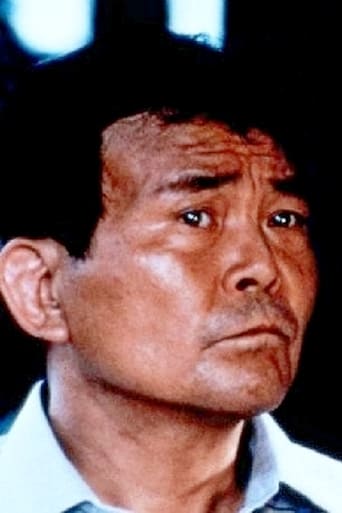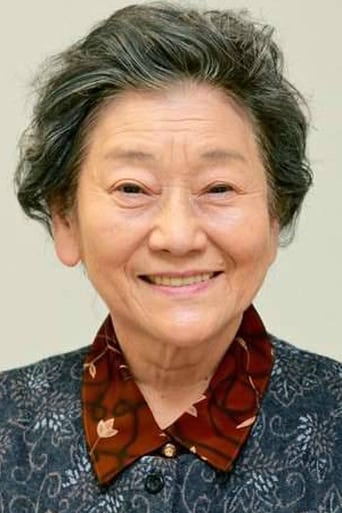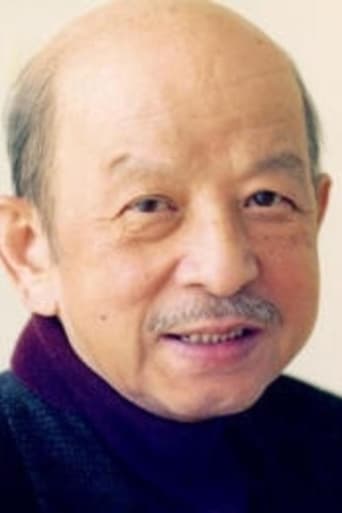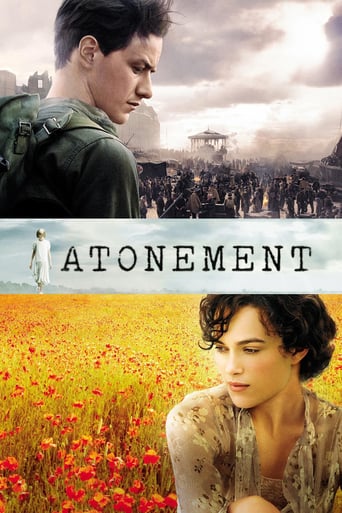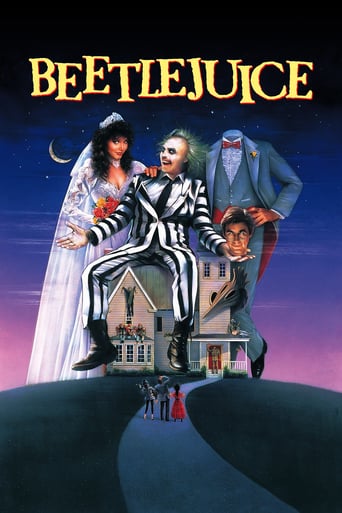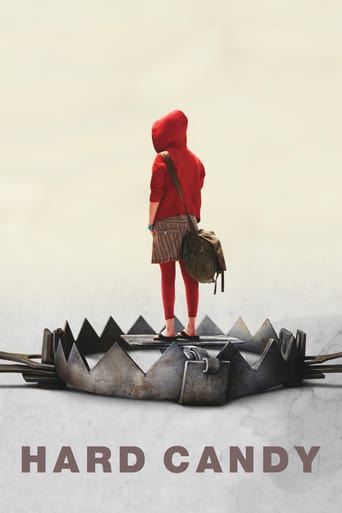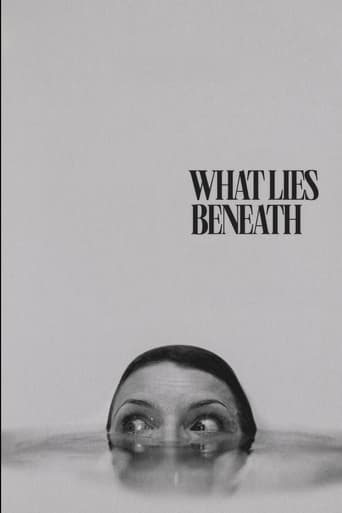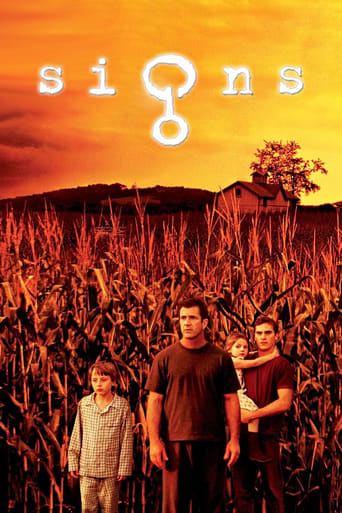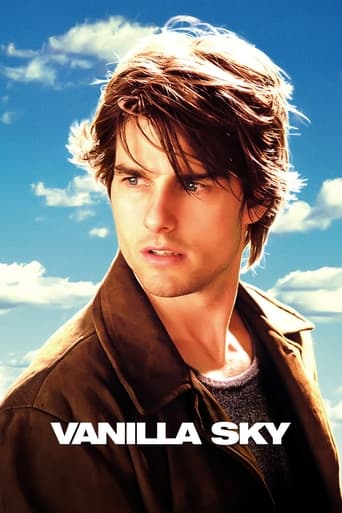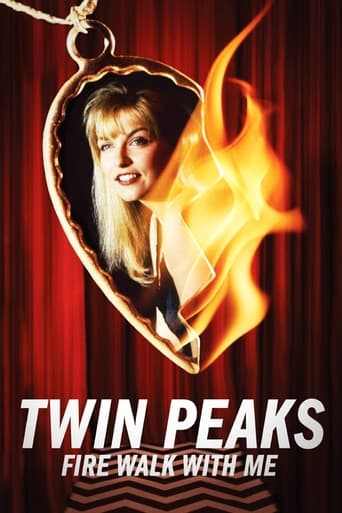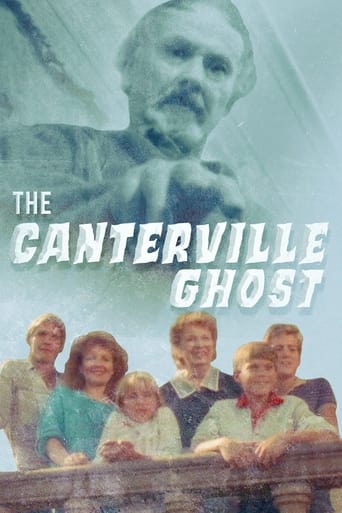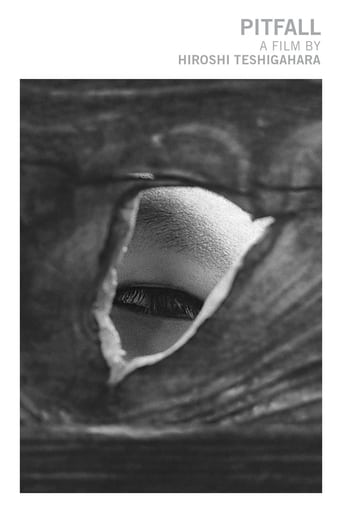
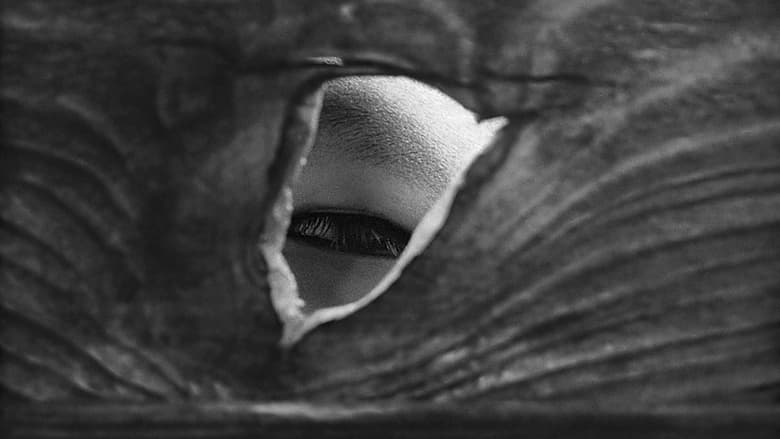
Pitfall (1962)
A man wanders into a seemingly deserted town with his young son in search of work. But after a bit of bad luck, he joins the town's population of lost souls.
Watch Trailer
Cast


Similar titles
Reviews
From my favorite movies..
Excellent but underrated film
Good films always raise compelling questions, whether the format is fiction or documentary fact.
While it doesn't offer any answers, it both thrills and makes you think.
Viewed on DVD. Cinematography = nine (9) stars; exterior set design = eight (8) stars. In his feature-film maiden voyage, Director Hiroshi Teshigahara demonstrates that he can be a master of the provocative (provocative extraordinary)---when he closes to be--with films that are filled (actually packed in this case) with incidents and shots that evoke as many interpretations as there are viewers (and likely even more with re-viewing!). What you think you see is, well, your unsettling take away. The film elicits a vague sense of dread right from the opening scenes which does not seem to go completely away! Teshigahara's principal tome is about the nastiness of capitalism (coal mine owners (who are never seen)) and the it's exploitation/enslavement of laborers (coal miners). But he also has a lot more on his mind such as: the exploitation of young itinerant coal miners by older former miners; miners who have run away only to be hunted down and captured (like military deserters); mine-owner benefits from inducing conflicts between/within miners' unions; murder mysteries involving contract killings of union leaders; ghosts (both human and canine (the latter may have been eaten by the former)); land rape by coal mining companies (represented by the bleak landscape of abandoned coal fields in Northern Kyūshū); deadly misidentification which isn't what it seems to be; how the dead might confront and try to solve the mystery of their own murders; symbolic use of white; etc. Acting is OK except for: outdoor death scenes which go on and on (and on); and the somnambulism of actress Sumie Sasaki. Exterior locations (depressing landscapes and a river with quick-sand like mud shores) and set design (a ghost town you may have seen in other films) are outstanding. Cinematography (narrow screen, black and white) uses an antique format, but nonetheless is excellent with many elaborate tracking shots and the extensive use of the deep focus photographic process. Lighting is very good except for early on when some scenes are under lit. "Music" (mostly banging on pots and pans with unusual extractions from a harpsichord?) inter grades with sound effects. The former is always cacophonous and jarring, but is quite effective as a scene booster, and, intimately, becomes rather enjoyable. Subtitles are missing for the young juvenile (who only speaks during the early scenes); but the names of all the players who have speaking parts seem to have been translated along with production department leads. Worth watching several times if only to experience ongoing changes in your perspective. WILLIAM FLANIGAN, PhD.
Although structurally and aesthetically experimental cinema, Teshigahara's debut proper already carries all the trademarks of an assured author and although a bit rough around the edges here and there it shows a director experimenting with his craft even as he perfects it. Japanese new-wave ferried to its logical conclusion even as it takes its first baby steps.Based on a story by Kôbô Abe, PITFALL explores the myriad possibilities that emerge from the space where life and death overlap, as a poor miner is murdered under mysterious circumstances in the marshes near an old ghost town. His murderer, an alluring white-clad figure, buys off the silence of the one witness, a woman operating a candy store in the ghost town district, and disappears as mysteriously as he appeared. In the mean time the murdered man wakes up next to his corpse only to discover he's now a ghost.While THE SIXTH SENSE milked a very similar idea for maximum mainstream appeal, shock twists and shallow thrills, Teshigahara is wise to allow his material to breathe. Even though a very pragmatic subplot about two rival labour unions introduced in the end of act two detracts from the existential nature of the story, like all great storytellers Teshigahara never settles for the convenient and tidy, refuses to explain what the viewer most needs explained. Personal interpretation is very important in any work and particularly in something as haunting as this. Who is the killer? Why is he doing it? Questions left open, the character cleverly typed as a seriocomic grim reaper of sorts riding around in his moped, a manifestation that invokes notions of fate by the very nature of his acts. Is there not meaning when one is not aware of it? Teshigahara pits the dead against the dead, the living against the living and everybody against each other, ghosts quizically examining their corpses and wondering the reason of their deaths, the living deaf to their protestations and too busy being suspicious of each other. A world revolving around a discordant axis, thrown off balance and left for us to explore its geometry.Teshigahara's direction reflecting the uncertainty and disorientation of the plot as much as Toru Takemitsu's dissonant score. A POV shot of a child introduced only for the child to walk inside its own POV shot. Jarring jump cuts that send characters jumping through space. Construction works photographed in all their derelict, abandonded glory, a ghost world for the dead to haunt. Notions of hell on earth. The ghost of the murdered man complaining he's hungry as winds rise in the soundtrack. A pack of dogs ascending a steep slope like other Sissyphi. Very precise, very geometric, the work of an assured visual director.
I'll skip the synopsis and go right for the flaws. The little boy was sketched as a weak caricature. Our hero, the murdered man, was given some very weak dialog. The subplot about the divided miners' union was verbose. The confrontation between the two union heads came to an unbelievable conclusion. The man in white was not as much of a mystery as the film seems to think he is. At the end, with four principles dead, we expect them to meet at last and discuss what has happened with one another, but instead the movie watches the boy run crying down a road, and damn it, the movie isn't about the boy! -----paragraph----- The film sets up the murdered man to slowly come to realize the fact that there will be no justice for his murder and that it is better, once one has died, not to torture oneself by watching the world he has left behind. That the movie ends before he comes to this realization makes the ending very unsatisfying. Of course, the film doesn't allow him to realize as much as the viewer feels he should. Perhaps that is the greatest flaw. Or perhaps it is the fact that the two union heads fight each other to the death when at least one of them should know that it is more important for them to unite against a common enemy. Then there's the man in white. The movie seems to think he's a mystery, but it's pretty obvious that he's a representative of the mining company looking to crush the unions. The murdered man, our hero, does not realize this, nor does the movie seem to think the viewer does, but the viewer does know, and with all the murdered man has heard, by all rights he should, too. Instead, he spouts weak dialog about his murder. He recites his stilted inner monologue like a man in a stage play, and it doesn't work. Really, he's too complacent. He passively watches people talk about him. He does not put up any kind of fight to make the living world hear him. He doesn't undergo the process of accepting that he cannot interact with the living world. At the end, he's even trying to speak to a living man, even though he should have come to realize that it's impossible. And, as I said before, he hasn't made any progress toward accepting the fact that he must forget the world of the living and accept his fate. His story arc feels very unfinished. The script needed a rewrite.
A miner (Isashi Igawa) and his son travel the countryside searching for work. While on his way to an interview, the miner is visited by death in the form of a man in a white suit (Kunie Tanaka). This fascinating, surreal drama, is a blend of many genres, and was Hiroshi Teshigahara's first feature film. The setting is a ghost town where the dead amble about, carrying the pain that plagued their lives. Like the director's excellent "The Face of Another", this is concerned with the nature of identity and anonymity. It is exceptionally well photographed by Hiroshi Segawa with a striking, percussive sound mix. The film was clearly an inspiration for the Danish film that inspired the recent "The Invisible", for it traverses the same territory and focuses on a man observing an investigation into his own murder. Novelist Kobo Abe, who wrote "Pitfall", and was responsible for "The Face of Another" and "The Woman in the Dunes", was a writer of uncommon originality and intelligence, and his work here is excellent. Thought-provoking and never less than totally compelling.


